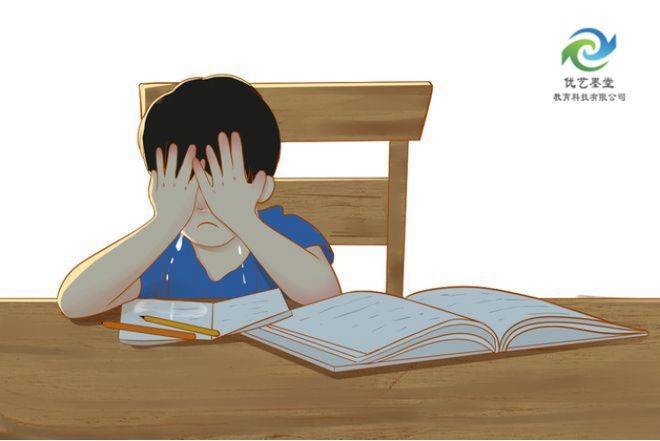The Neglected Shadow: The Impact of Adolescent Depression on Health and Future Development and Its Response
In the picture of youth, a chapter that should be colorful and vibrant, however, for an increasing number of adolescents, depression is like a lingering cloud silently eroding their hearts. Adolescent depression, a mental health issue commonly overlooked by society, not only threatens their healthy development but also has profound effects on their future academic, career, and entire life trajectory. This article aims to analyze the current situation, dangers, and discuss effective prevention and intervention measures to contribute to safeguarding the physical and mental health of adolescents.
### I. Adolescent Depression: A Neglected Reality
#### 1. Vulnerability during Adolescence
Adolescence is the transitional period from childhood to adulthood, accompanied by multiple changes in physiology, psychology, and social roles. During this time, adolescents’ prefrontal cortex (responsible for decision-making and emotion regulation) is not fully developed, making them more susceptible to emotional fluctuations. In addition, exploration of self-identity, changes in peer relationships, and increased academic pressure are all fertile grounds for fostering depressive emotions.
#### 2. Blind Spots in Social Recognition
Despite the increased public awareness of mental health in recent years, adolescent depression is still often misunderstood as “adolescent troubles” or “temporary emotional lows,” failing to receive the necessary attention and timely intervention. This cognitive bias results in many adolescent depressive states being overlooked, missing the optimal intervention timing.
### II. Dangers of Adolescent Depression
#### 1. Impaired Academic and Social Skills
Depression not only affects adolescents’ learning focus and memory but also reduces learning efficiency, leading to behaviors such as truancy and dropping out. Socially, depression makes it difficult for adolescents to establish and maintain healthy relationships, further intensifying feelings of loneliness and social isolation.
#### 2. Psychological and Physical Health Risks
Long-term depression not only affects mental health but can also trigger or exacerbate various physical health issues such as sleep disturbances, eating disorders, and chronic pain. More seriously, depression increases the risk of suicide among adolescents, becoming a significant cause of abnormal deaths in this age group.
#### 3. Long-term Life Impact
If adolescent depression is not effectively intervened during adolescence, it may continue into adulthood, affecting career development, marital relationships, and parenting abilities, creating intergenerational transmission risks and causing long-term negative impacts on individuals and society.
### III. Addressing Adolescent Depression: From Awareness to Action
#### 1. Enhancing Public Awareness and Education
All sectors of society should strengthen mental health education for adolescents, raise public awareness of depressive states, eliminate bias and misunderstandings about emotional disorders. Schools should incorporate mental health education into the curriculum, teaching adolescents to identify emotions, manage stress, and seek help.
#### 2. Family Support and Communication
The family is the most direct shelter for adolescents. Parents should maintain an open attitude, actively communicate with their children, encourage them to express their inner feelings, avoid excessive criticism, and overly high expectations. At the same time, parents should also learn about mental health knowledge to provide a stable, supportive home environment for their children.
#### 3. Role of Schools
Schools should establish a comprehensive mental health support system, with professional psychological counseling teachers, regular mental health screening, and timely psychological intervention and counseling for students in need. Meanwhile, optimizing the learning environment, reducing students’ academic burdens, encouraging diverse development, and cultivating students’ resilience and social skills.
#### 4. Involvement of Professional Medical Resources
The government and society should increase investment in mental health services for adolescents, ensuring that they can easily access professional psychological counseling and interventions. Measures include but are not limited to establishing adolescent mental health hotlines, providing financial assistance to reduce intervention barriers.
#### 5. Active Use of Digital Tools
Utilize modern technologies such as the internet and mobile apps to develop suitable mental health education content and self-help tools for adolescents, including psychological health assessments, emotion management apps, allowing adolescents to receive help in a private, convenient environment.
### Conclusion
Adolescent depression, this neglected shadow, with its profound impact and wide scope, requires us not to turn a blind eye to it any longer. Only through joint efforts from all sectors of society, from raising awareness, improving the environment, providing support to professional interventions, can we build a comprehensive protection network to support the healthy growth of adolescents, letting them run freely under the sun and embrace a future full of hope.


